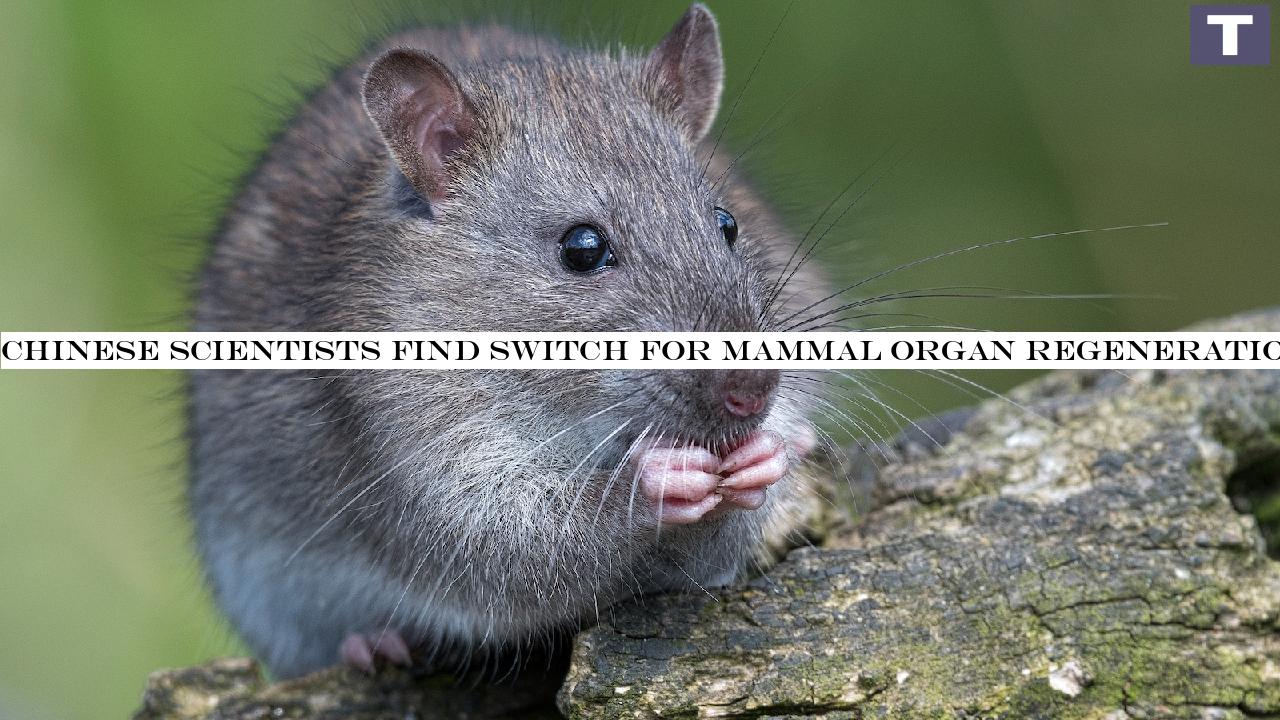INSUBCONTINENT EXCLUSIVE:
Chinese scientists have achieved a major breakthrough in regenerative medicine by identifying a genetic switch that can restore healing
abilities in mammals, a discovery that could revolutionize treatments for organ damage and traumatic injuries.According to the study,
published on Friday in the journal Science, flipping an evolutionarily disabled genetic switch involved in Vitamin A metabolism enabled the
ear tissue regeneration in rodents.Unlike animals such as fish and salamanders, mammals have limited capacity to regenerate damaged tissues
The ear pinna, varying widely in its ability to regenerate across species, makes an ideal model for studying how regenerative capacity has
evolved in mammals."As an apparently beneficial trait, regeneration is well-maintained in some animals but lost in others," said Wang Wei,
"Understanding what has occurred during animal evolution to drive the loss or gain of regeneration will shed new light on regenerative
medicine."The study revealed that non-regenerative mammalian species fail to sufficiently activate the gene Aldh1a2 following injury, a
critical deficiency that impairs their regenerative capacity compared to species capable of natural tissue repair.The researchers from the
National Institute of Biological Sciences (NIBS), BGI Research and Northwest A&F University found that low expression of this gene caused
the insufficient production of retinoic acid (RA).They then demonstrated that switching on the gene or supplying RA using a gene enhancer
from rabbits was sufficient to restore the regenerative capacity in mice and rats.RA signaling is believed to be broadly involved in
different contexts of regeneration, including bone, limb, skin, nerve and lung regeneration."This study identified a direct target involved
in the evolution of regeneration and provided a potential framework for dissecting mechanisms underpinning the failure of regeneration in
other organs or species," said Wang from NIBS.This could "potentially provide a strategy for promoting regeneration in normally
non-regenerative organs," commented Stella M
Hurtley, the journal's editor.(Cover: VCG)

